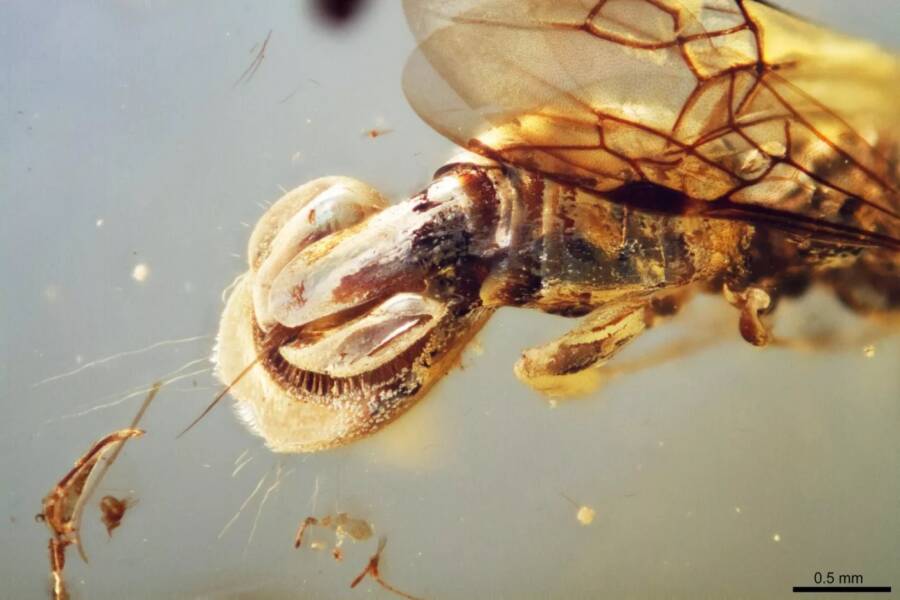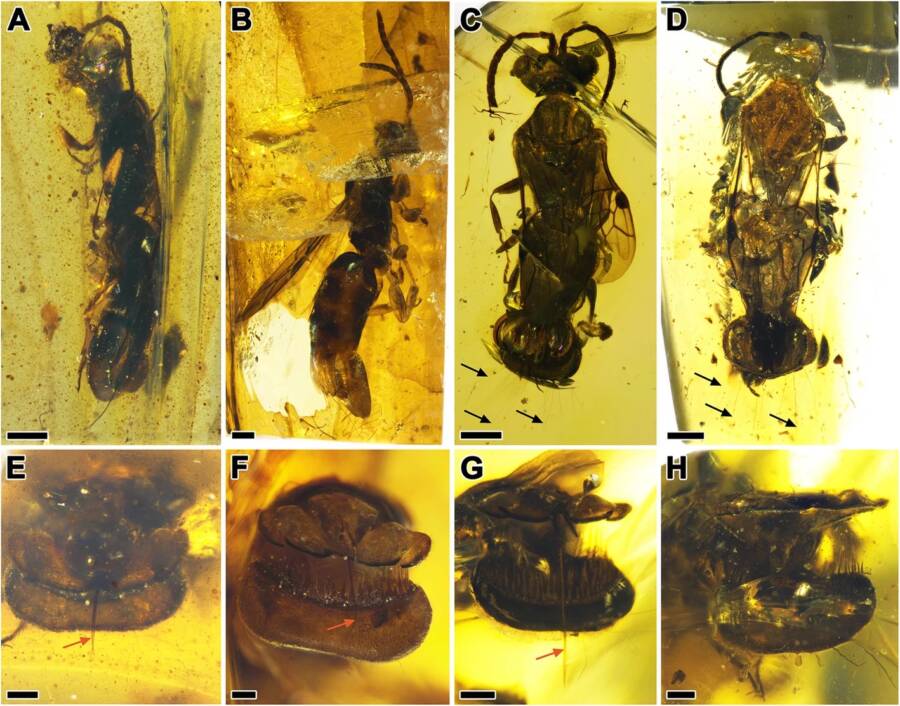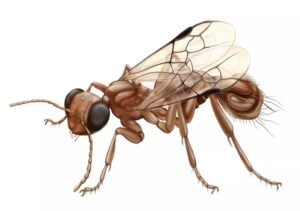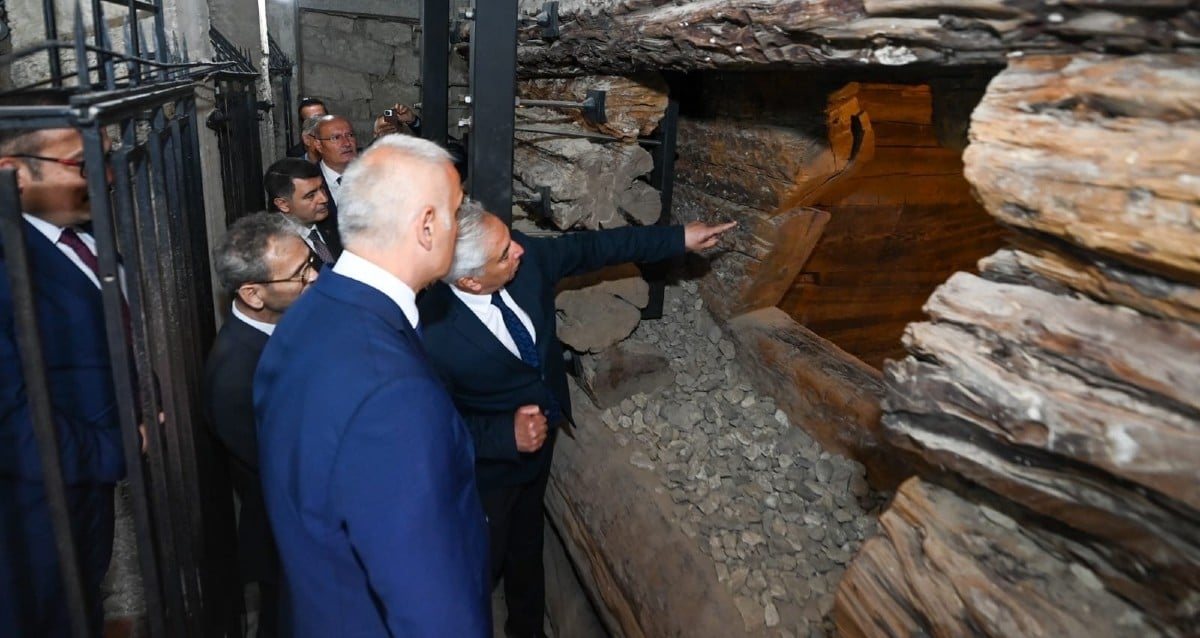“Ancient Amber Holds Shocking Secret: Unearthed ‘Venus Flytrap’ Wasp Could Change Our Understanding of Parasitism!”

Qiong WuA close-up of the grasping apparatus of S. charybdis.
The paper also notes that its “elaborate” abdomen is unlike that of any known insect, even when compared to modern wasps.
“I’ve seen a lot of strange insects, but this has to be one of the most peculiar-looking ones I’ve seen in a while,” said entomologist Lynn Kimsey from the University of California, Davis, who was not involved in the study.
Discoveries such as these also highlight why the amber trade in Myanmar is so lucrative — and why, in recent years, that has become a problem.
The Amber Trade In Myanmar Has Been Linked To Funding Violence
According to a 2022 report from Science, Myanmar’s amber trade was found to be linked to violent conflict in the country. While amber can be beneficial to paleontological pursuits, as the new discovery shows, it is also unfortunately a key element of the ethical issues plaguing Myanmar.

Qiong WuS. charybdis trapped in amber.
The amber trade brings in an estimated $1 billion yearly, and because many amber mines are found in Kachin, some of that revenue has been used to fund the ongoing conflict between the Kachin Independence Army and the Myanmar government military. The two groups have been battling since the 1960s, and both sides have benefitted from the amber trade.
But in 2019, a United Nations Human Rights Council mission determined that the military was guilty of genocide and crimes against humanity, and a year later, the Society of Vertebrate Paleontology released new guidelines on conducting research with Myanmar amber, specifically asking scientists only to conduct their research on Myanmar amber that had been acquired prior to 2017 (which was when the military took over the mines).













